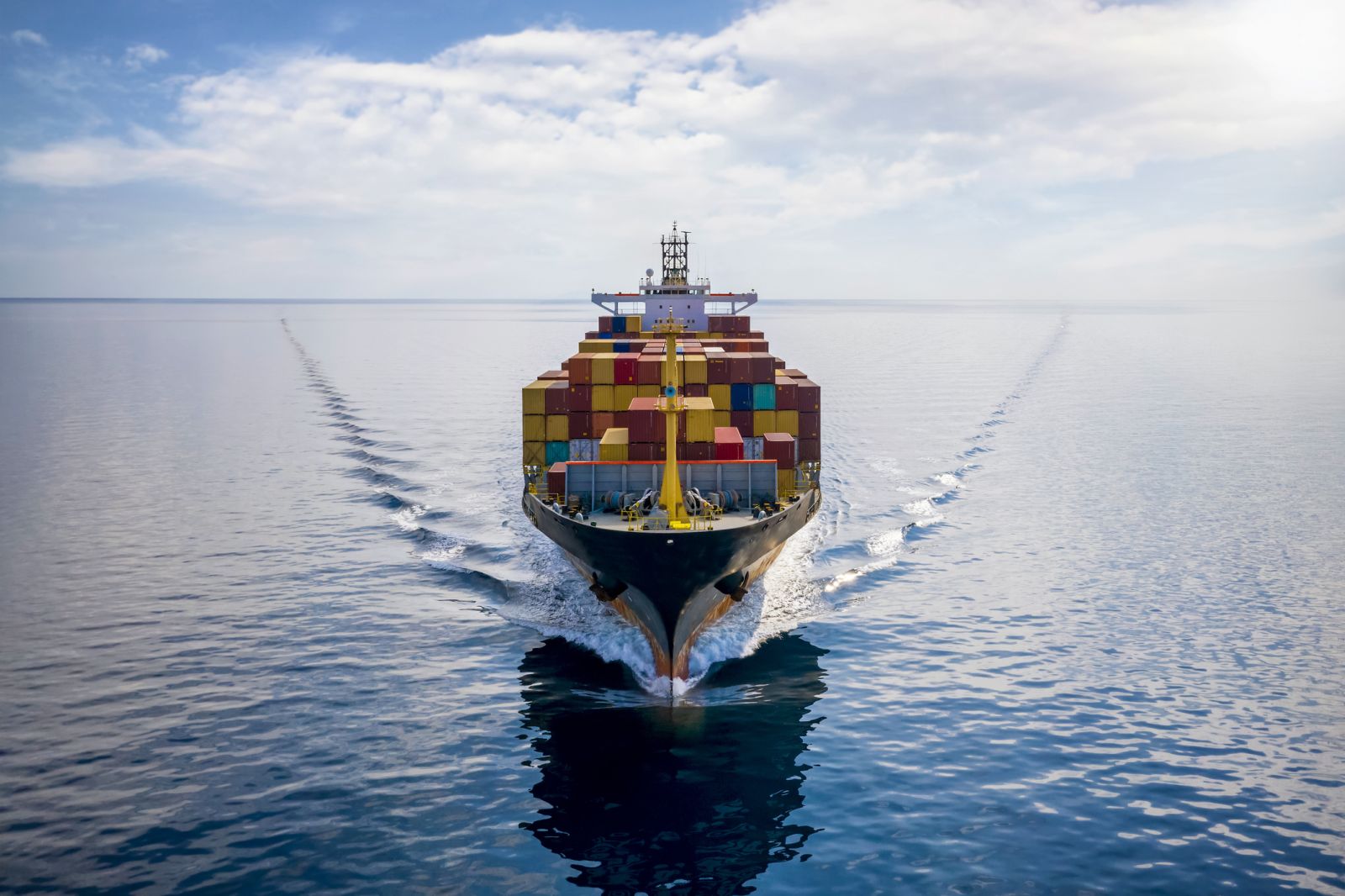
The VanEck Rare Earth Strategic Metals ETF product (REMX) was trading at $88.72 per share on November 21, 2022. On July 11, the ETF was slightly lower at the $85.50 level, but recent events in China could mean the ETF that holds non-Chinese rare earth metals-related companies could move significantly higher.
China limits germanium and gallium exports
On July 3, China’s Ministry of Commerce announced it is imposing restrictions on gallium and germanium exports for national security reasons.
Germanium ores are rare; most germanium is a by-product of zinc output and coal fly ash. China produces around 60% of the world’s germanium.
Gallium metal is produced when processing bauxite, the primary ingredient in aluminum production. China produces over 80% of the world’s gallium.
Germanium and gallium have many high-tech applications, from fiber optic cables and 5G telecommunications masts to military-grade thermal imaging, lasers, light-emitting diodes (LEDs), satellite solar panels, and rare-earth magnets in EV engines. The two metals are critical for semiconductor production.
While the United States has a germanium strategic stockpile, it has no gallium inventories. Therefore, the Chinese export restrictions are a significant issue for U.S. technology.
Rare earths are not typical liquidly traded commodities
Aside from germanium and gallium, China has a dominant role in worldwide rare earth metals production and processing.

Source: Statista
The chart highlights China’s 70% dominance of rare earth metals production in 2022.
The rare earths are seventeen metallic elements, including the fifteen lanthanides on the periodic table, plus scandium and yttrium. While commodities, rare earths do not trade on futures exchanges like precious and base metals. Rare earths are far less liquid metals that only trade in the global physical markets. Illiquid markets tend to experience far more price variance than their liquid counterparts.
Rare earths are critical for technology
A U.S. Geological Survey news release, “Going Critical,” pointed out:
Rare-earth elements (REE) are necessary components of more than 200 products across a wide range of applications, especially high-tech consumer products, such as cellular telephones, computer hard drives, electric and hybrid vehicles, and flat-screen monitors and televisions. Significant defense applications include electronic displays, guidance systems, lasers, and radar and sonar systems. Although the amount of REE used in a product may not be a significant part of that product by weight, value, or volume, the REE can be necessary for the device to function. For example, magnets made of REE often represent only a small fraction of the total weight, but without them, the spindle motors and voice coils of desktops and laptops would not be possible.In 1993, 38 percent of world production of REEs was in China, 33 percent was in the United States, 12 percent was in Australia, and five percent each was in Malaysia and India. Several other countries, including Brazil, Canada, South Africa, Sri Lanka, and Thailand, made up the remainder. However, in 2008, China accounted for more than 90 percent of world production of REEs, and by 2011, China accounted for 97 percent of world production. Beginning in 1990 and beyond, supplies of REEs became an issue as the Government of China began to change the amount of the REEs that it allows to be produced and exported. The Chinese Government also began to limit the number of Chinese and Sino-foreign joint-venture companies that could export REEs from China.
Rare earths and semiconductors
Rare earth metals have many technological applications. According to eitc.org, “Semiconductor manufacturing depends on substances known as rare earth metals. These materials play an integral role in the manufacturing of most electronic devices. China has nearly monopolized the production of these metals.”
The deterioration of relations between Washington and Beijing has caused higher rare earth metal prices and supply concerns. When it comes to semiconductors, the world’s leading publicly traded manufacturers by market cap are:

Source: companiesmarketcap.com
While six of the top ten semiconductor companies are in the United States, Samsung, the leading producer, is South Korean, and Taiwan Semiconductor (TSM) is Taiwanese.
Meanwhile, China’s plans for reunification with Taiwan, their dominance in rare earth metals production and processing, and the recent restrictions on germanium and gallium exports are warning signs for U.S. technology companies. The prices for the necessary inputs could soar, and supplies could substantially decline. REMX has the potential to soar
The top holdings of the VanEck Rare Earth Strategic Metals ETF product (REMX) include many non-Chinese producers and processing companies.
At $85.50 per share on July 11, REMX had $618 million in assets under management. REMX trades an average of 73,592 shares daily and charges a 0.53% management fee.
As China tightens the screws on germanium and gallium exports, rare earth metals could be next. Moreover, Chinese plans for reunification with Taiwan could threaten semiconductor supplies as TSM is the world’s second-leading chip producer. The U.S. and other countries are scrambling to increase the production of critical metals and elements for technology. The companies in REMX’s portfolio could benefit from the rush to increase output.

The chart shows the REMX, along with most raw material-related companies, reached a low of $23.91 per share in March 2020 as the global pandemic caused selling. Since then, REMX rose to $127.50 per share in April 2022 as commodity prices soared to multi-year or all-time highs. At the $85.50 per share level on July 11, REMX is consolidating, but Chinese restrictions on strategic metals could cause the ETF to soar over the coming months.
China restricted critical germanium and gallium exports, which may be the first of many restrictions. Rare earth metals could be next, and any invasion of Taiwan would threaten semiconductor supplies. Given the ongoing tensions between Washington, DC, and Beijing, REMX is an ETF product that could take off on the upside.
On the date of publication, Andrew Hecht did not have (either directly or indirectly) positions in any of the securities mentioned in this article. All information and data in this article is solely for informational purposes. For more information please view the Barchart Disclosure Policy here.






